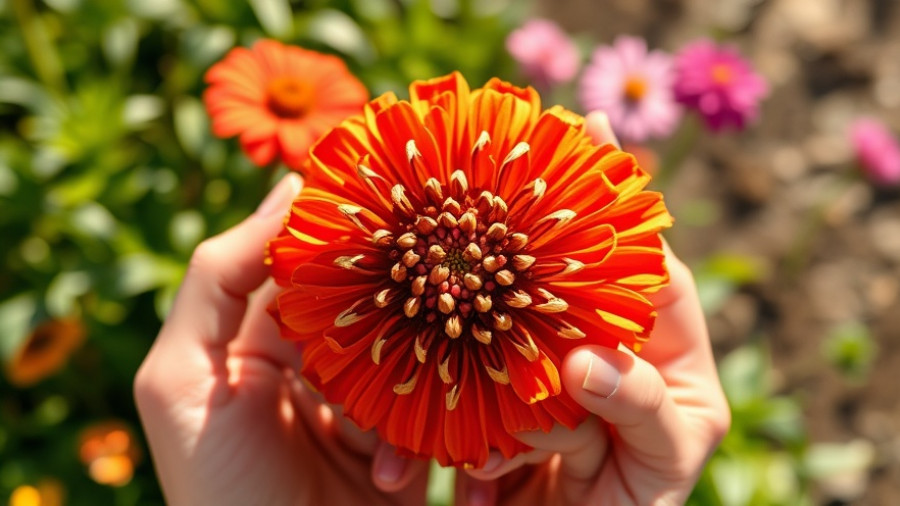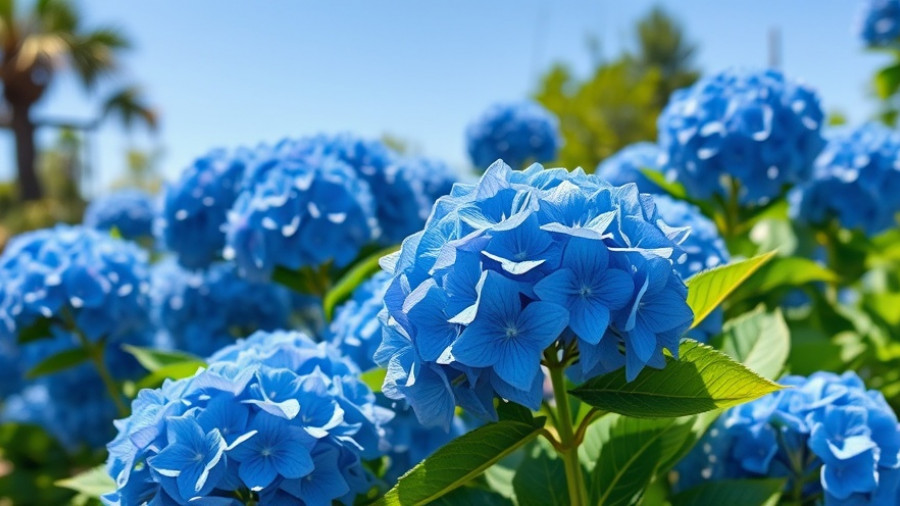
Why Understanding Allergies in Gardening is Essential
For millions around the world, the joy of gardening can quickly turn into a sneezing fit or worse. As outdoor lovers, it’s crucial to be aware of how certain flowers can transform your garden from a peaceful retreat into a source of irritation. As gardening expert Katherine Rowe suggests, the secret lies in understanding which flowers to avoid to ensure a pleasant outdoor experience. Understanding allergies isn’t just about physical discomfort; it relates to the emotional well-being of those affected, allowing them to enjoy their gardens without fear.
Flowers to Avoid for Allergy Sufferers
To curate a garden that minimizes allergic reactions, certain flowers should be left out of your planting plans. Here’s a detailed look at some of the key culprits:
- Chrysanthemums: These vibrant autumn blooms, belonging to the aster family, are notorious for producing high volumes of wind-borne pollen, making them a no-go for allergy sufferers. Not only can they trigger sneezes, but they may also irritate the skin upon contact, so it’s wise to handle them with care.
- Common Jasmine: Known for its beautiful fragrance, jasmine’s seductive scent may be enticing, but it also poses a risk for those sensitive to strong odors. The pollen and sap can lead to adverse reactions.
- Goldenrod: Often blamed for fall allergies—but not always the primary culprit—this flower produces pollen that travels through the air, leading to increased congestion and allergic responses in sensitive individuals.
- Ragweed: Perhaps the most infamous allergen, ragweed is common in many areas and can greatly disturb the outdoor experience for those affected.
- Sunflower: While cheerful and bright, sunflowers rely on wind to disseminate pollen, posing an issue for allergy sufferers.
Gardening Alternatives for Allergy-Friendly Spaces
Embracing gardening doesn’t mean compromising on aesthetic pleasures. Instead, consider opting for allergy-friendly flowers. Varieties that are low in pollen or those that attract birds and butterflies rather than relying on wind for pollination can be great companions in creating beautiful outdoor spaces.
- Lilies: With their stunning blooms and little suitable pollen, lilies are a great alternative.
- Orchids: Renowned for their elegance, orchids produce minimal pollen and provide a touch of refined beauty.
- Marigolds: These hardy plants can brighten any garden without causing significant allergic reactions.
Adapting Your Garden for Allergies
Not all is lost for individuals seeking to enjoy the serenity of their gardens! Thoughtful garden planning can make all the difference. Here are some strategies to consider:
- Container Gardening: Use containers to plant flowers that are less likely to aggravate allergies. This way, your plantings will be easily moved if reactions occur.
- Implementing a Flower Bed Layout: Thoughtfully design the arrangement of your flowerbeds. By placing wider bushes and trees as barriers, you can reduce the exposure to pollen-producing plants.
- Maintain Healthy Airflow: Keeping your garden well-ventilated can minimize pollen gathering in any one spot, helping to ease allergic reactions.
Final Thoughts and Actions
Creating a garden that is both beautiful and mindful of allergies is possible with careful consideration of the plants you select. By choosing the right flowers, ensuring good garden planning, and implementing effective design techniques, you can cultivate a delightful outdoor experience.
Let the beauty of your garden enhance not just the scenery but also your everyday life—free from the worries of allergies. Embrace these practices, and you’ll find that gardening can be as enjoyable as it is therapeutic. Take the leap—I promise you won't regret it!
 Add Row
Add Row  Add
Add 




Write A Comment